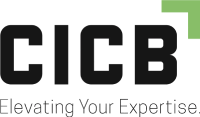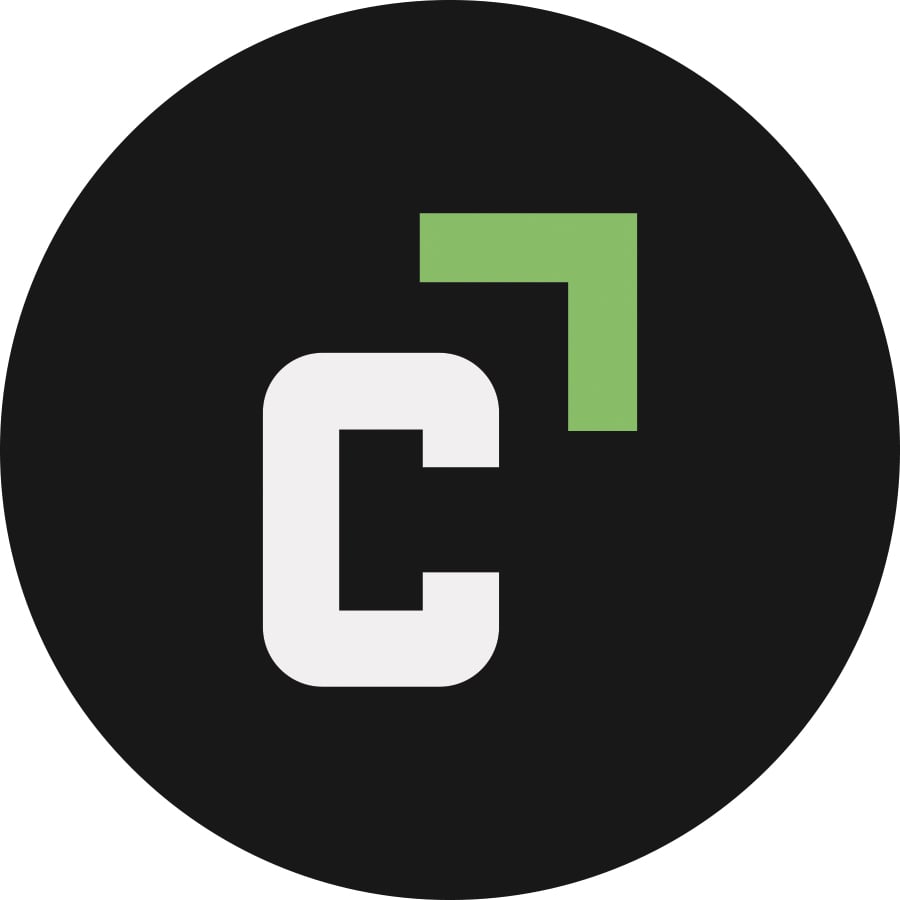
Qualified/Intermediate Rigger Course Overview
OSHA and ASME set the minimum standard for rigger qualifications. OSHA requires a qualified rigger during critical lifts, such as when workers are working in a fall zone, there are multiple cranes conducting the lift, and a crane is being assembled or disassembled. ASME requires a qualified rigger be present during any lifts using a Mobile Crane that can lift over 2,000 pounds.
This intermediate rigger program teaches and assesses employees on the information required for employers to deem them as qualified.
According to these guidelines, riggers must complete a written and practical exam to be qualified by their employer. This process has been required for compliance since December 17, 2022.
Specific areas the written and practical examinations must cover include:
- Selection and use of applicable hardware
- Applications of standard hitches
- Estimation of load weight, center of gravity, angle, and load movement
- Inspection of equipment
Our Intermediate Rigger Class Addresses the Latest Industry Standards
Even though OSHA and ASME stipulate specific scenarios when qualified riggers are required by law, they still recommend qualification for all lifting scenarios. This recommendation can become a liability the moment something goes wrong if it wasn’t followed. Because of this, many companies choose to qualify their riggers through the same documented processes. The increased safety and compliance from this training goes a long way to protect their employees and assets.
The standard does not just apply to mobile cranes in construction. It includes all mobile crane classifications of over 2,000 pounds in any industry, such as boom trucks performing tree maintenance or sign installation and mechanic service trucks engaged in equipment repairs. Companies employing maintenance personnel using a service truck with a mounted crane train their operators as riggers in case they are the only one on the job.
The latest standard update permits non-qualified rigger trainees to perform their duties under the direct supervision of a qualified rigger. Our Basic Rigger & Signalperson program is for personnel engaged in rigging who do not need to be qualified, such as trainees, helpers, and new hires.
Employers often train all riggers to meet OSHA's qualification requirements to give their team more versatility. Other companies train more experienced riggers to lead and supervise newer team members.
At CICB, we recommend that any worker involved in rigging receives at minimum qualified rigging training to execute their job functions safely.
Qualified Rigger Course Components
As you complete our intermediate rigging training, you will benefit from learning about:
- Applicable OSHA & ANSI/ASME Regulations and Standards
- Proper Sling and Rigging Hardware Selections
- Basic Math Applications
- Weight Calculations
- Center of Gravity Determinations
- Stress Dynamics in Wire Rope
- Effect of Sling Angles
- Sling, Rigging, & Hardware Inspection
- Proper Hitch Selection and Applications
- Documentation Requirements
- Rigging Accidents – Causes and Prevention
- Proper Crane Setup
- Basic Load Chart Interpretation
- Crane Dynamics
Related Rigging Courses:
Basic Rigger & Signalperson Training: This foundational course is designed for new riggers that need to learn the basics.
Qualified/Intermediate Rigger & Signalperson Training: This course covers the same rigging information as our Qualified/Intermediate Rigger Course while also covering information required to qualify personnel as signalpersons.
Advanced Rigger Training: This advanced rigging training program meets all the requirements for qualifying your riggers and also covers complex, equipment-specific scenarios.
Why Choose CICB?
When you partner with us for intermediate rigger training, your team receives specialized instruction from subject matter experts with years of crane industry experience. CICB's instructors have fostered a community of growth and teamwork, leveraging each other's experience and expertise to provide you with the highest quality training possible. Your team will also benefit from individualized attention to help apply the information on the job.
Reach Out Today for Your Consultation
Call CICB now to learn more about our qualified rigger training and expert support services.
You will benefit from learning about:
- Applicable OSHA & ANSI/ASME Regulations and Standards
- Proper Sling and Rigging Hardware Selections
- Basic Math Applications
- Weight Calculations
- Center of Gravity Determinations
- Stress Dynamics in Wire rope
- Effect of Sling Angles
- Sling, Rigging & Hardware Inspection
- Proper Hitch Selection and Applications
- Documentation Requirements
- Rigging Accidents – Causes and Prevention
- Proper Crane Set-up
- Basic Load Chart Interpretation
- Crane Dynamics



